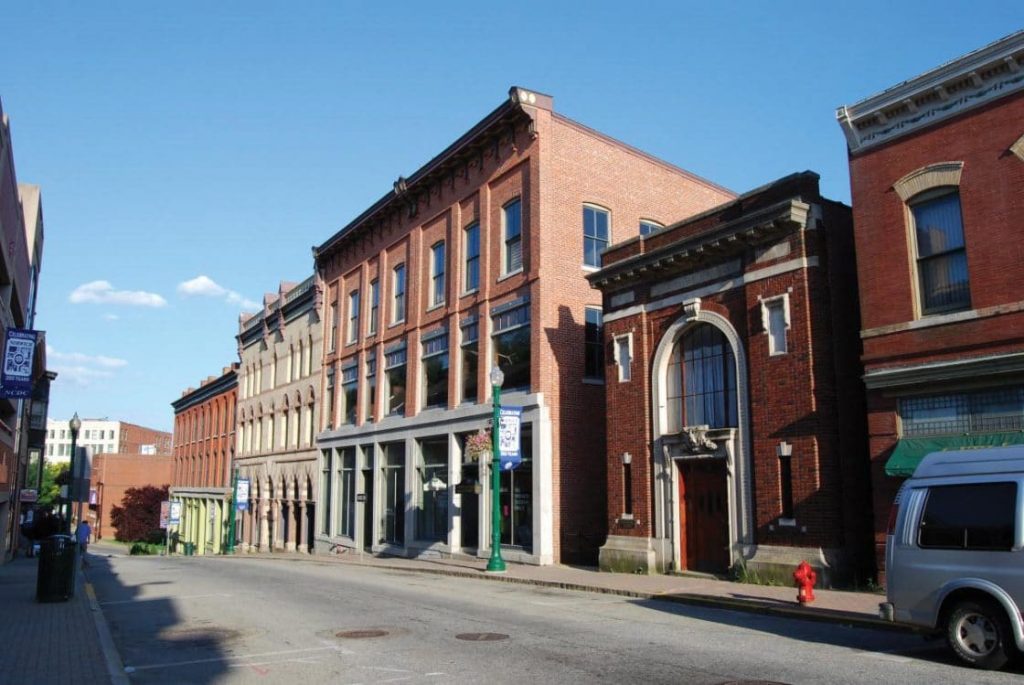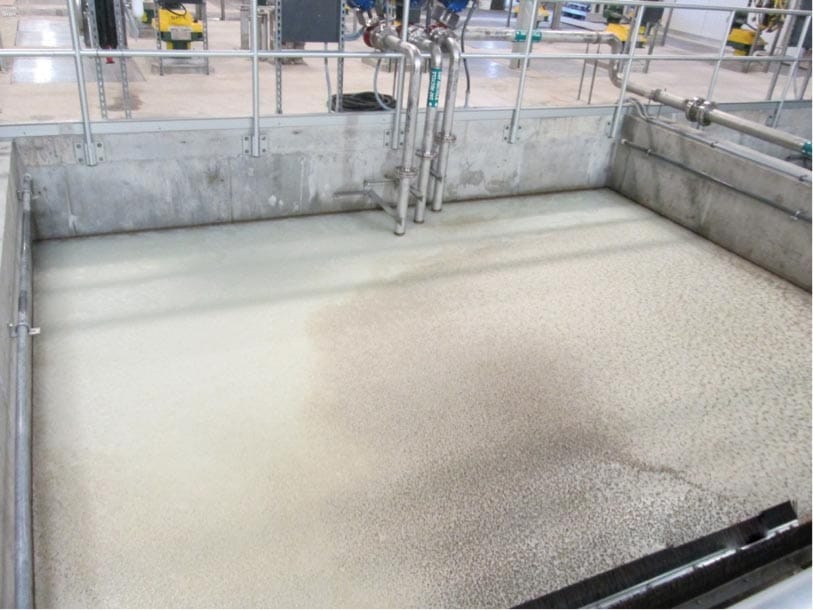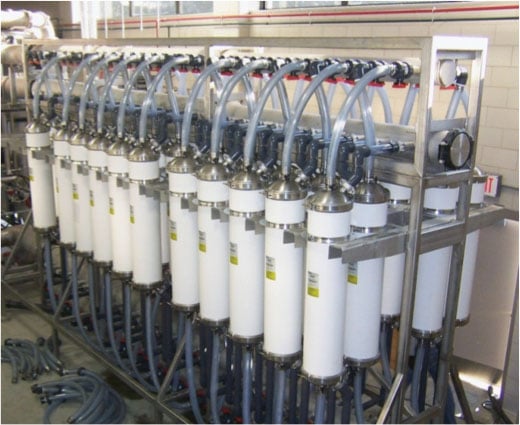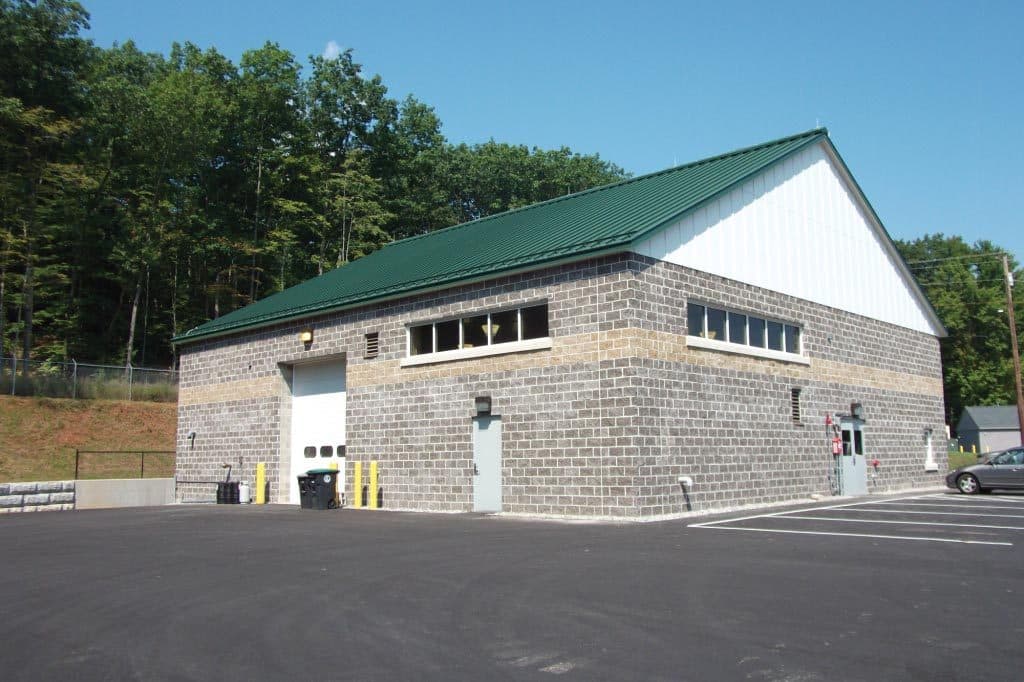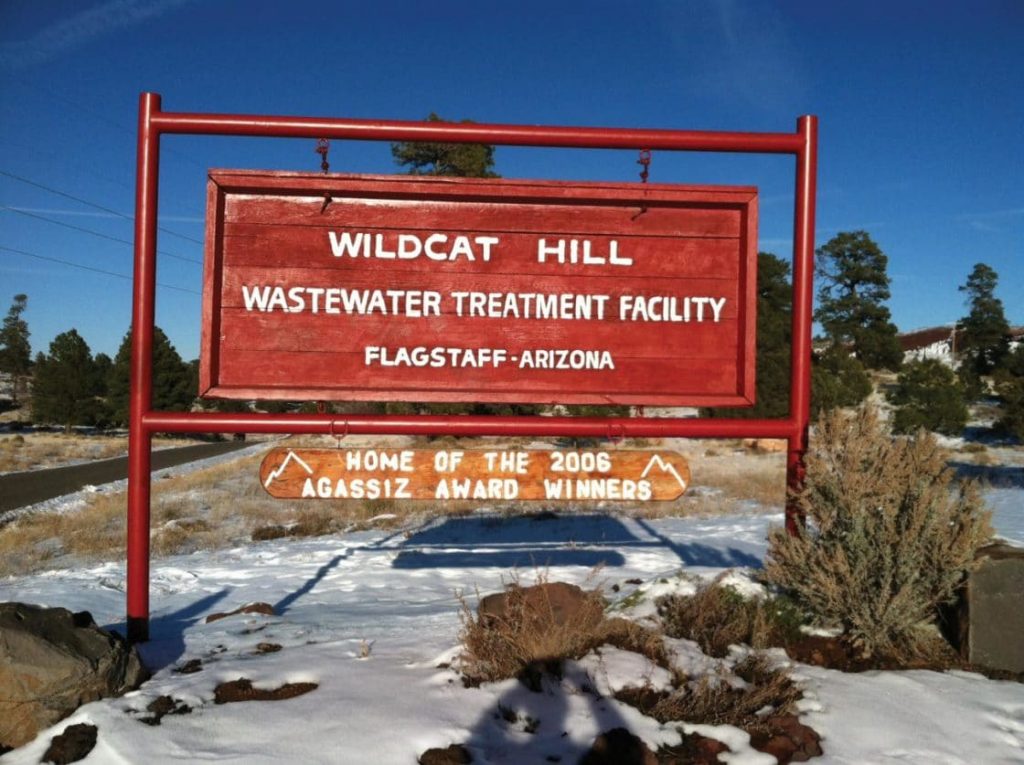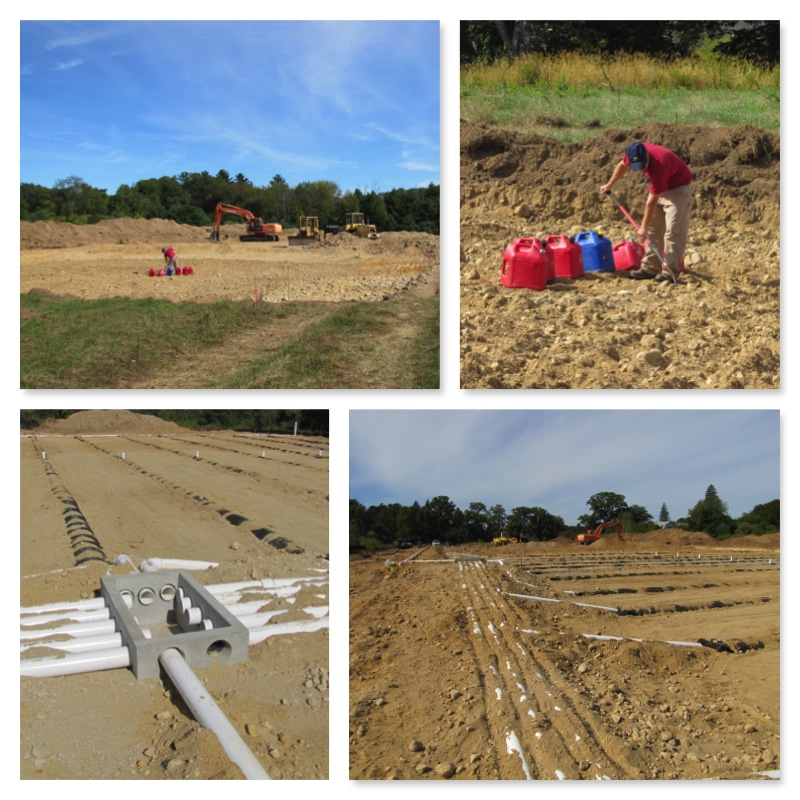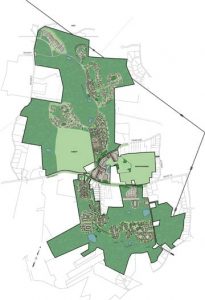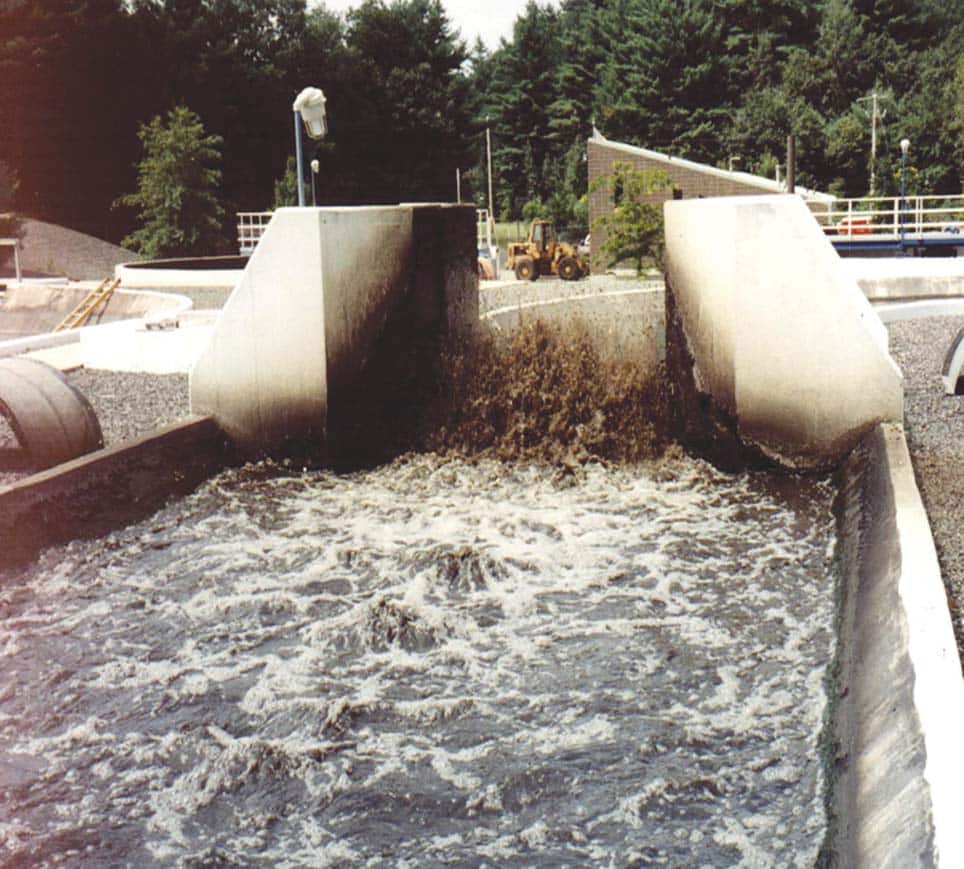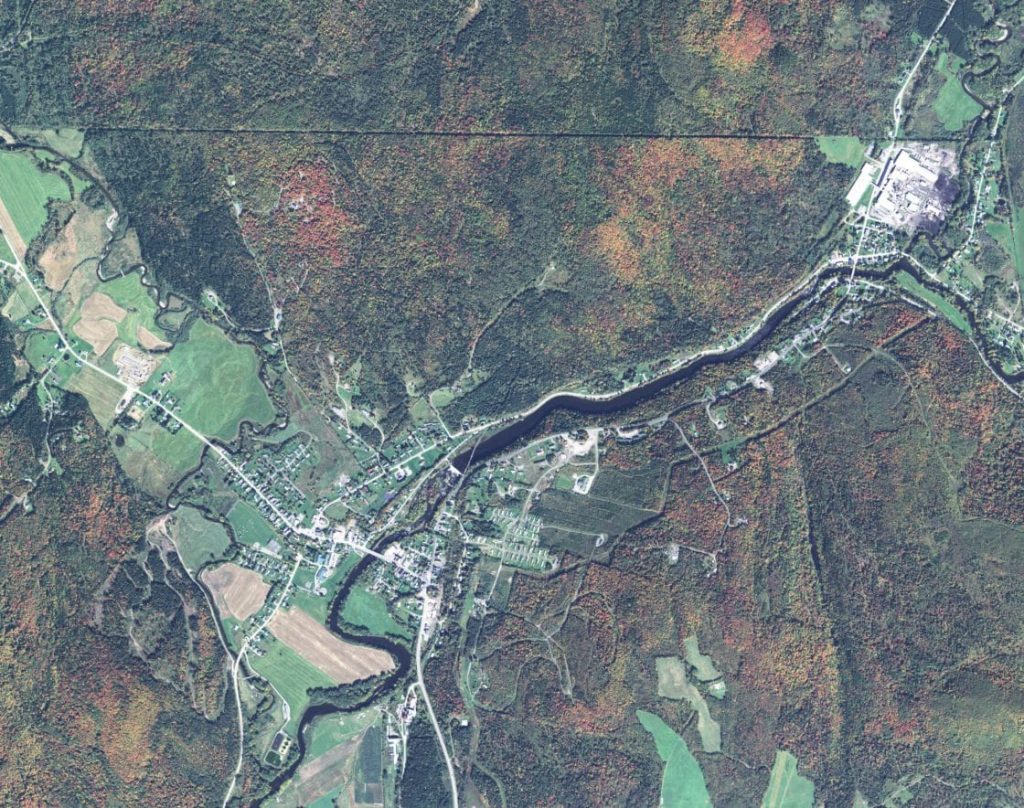The NPU contracted with Tata & Howard for the design and construction of renovations at the Stony Brook Water Treatment Plant. The NPU was challenged by an apparent and relatively abrupt change in raw water quality as a result of a green algae bloom consisting primarily of chlorophyta beginning in the summer of 2010. The original project requested the replacement of the media in the filter clarifier units with buoyant media. T&H proposed an alternative approach to not replace the media but rather add a new unit operation to the plant. Our belief was that simply changing the media at this plant would not have appreciably changed the treated water quality. T&H recently completed piloting a Dissolved Air Flotation (DAF) system at the plant to improve treated water quality.
Tata & Howard prepared a pilot test plan for DAF Clarifier piloting at the Stony Brook Water Treatment Plant site and conducted one summer season of DAF clarifier and filtration piloting. A pilot study report was prepared, including water quality data, evaluation of the treatment system, chemical dosages, flow rates, conclusions, recommended process, and design criteria. As a part of the pilot study, bench scale testing was performed to examine the performance of coagulants and polymers at various dosages and mix rates for the best removal of disinfection by-product (DBP) precursors. The bench scale testing was performed simultaneously with the pilot test and results were incorporated into the pilot test program.
In addition, T&H prepared design drawings and specifications for a 4.0 mgd capacity DAF clarifier system to be added to the plant to remove algae and to remove a greater level of disinfection by-product precursors. Additionally, we assisted with bidding of the project and provided construction administration and resident observation services.

